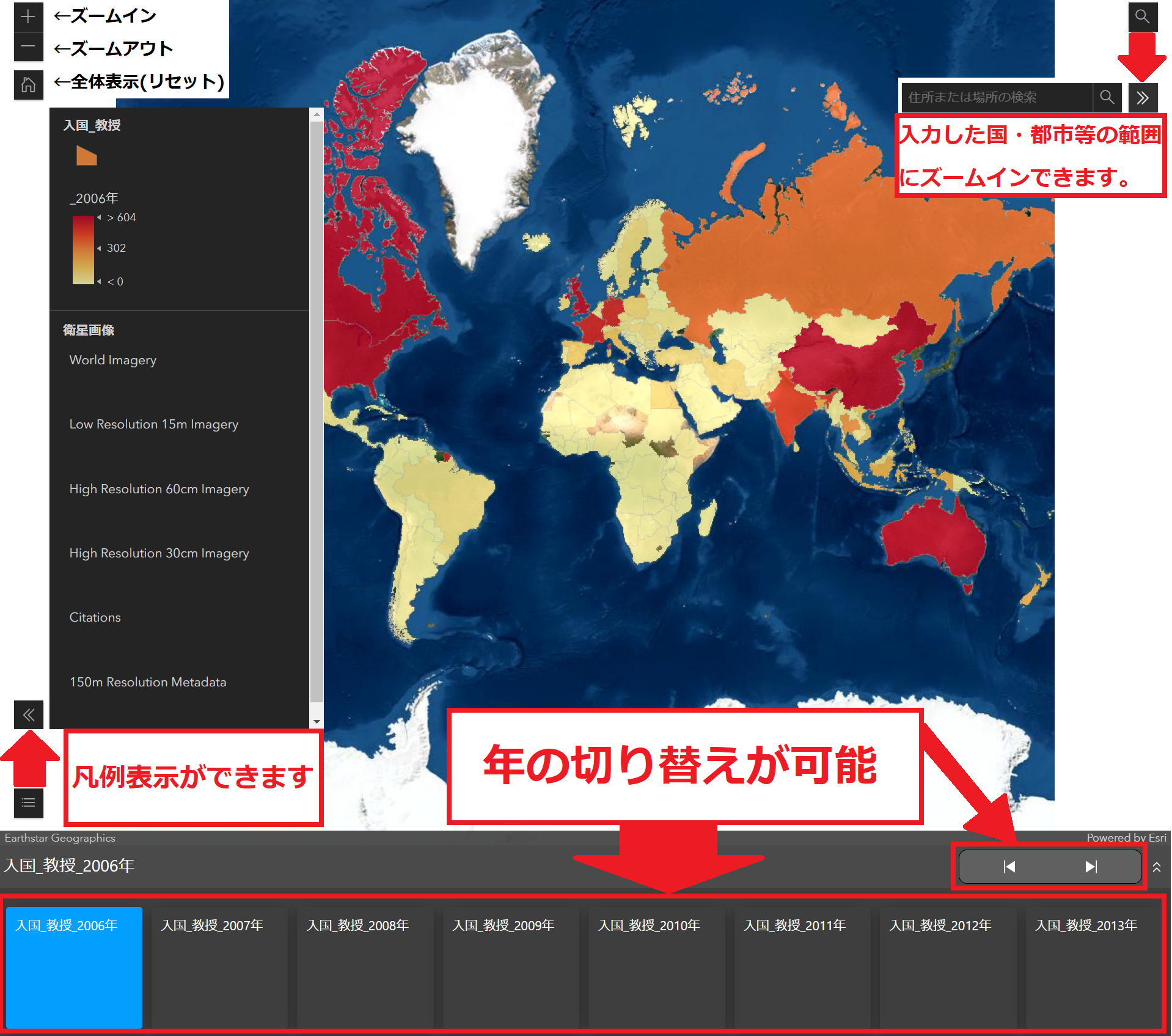Immigration Trends of Foreign Residents
Introduction
As mentioned in the overview, the issue addressed in AY2021 is the trend in the flow of “Foreign human resources. “The inflow of foreign nationals in Japan continues to increase. Figure 1 graphs the population of foreign residents over the years based on the Statistics on Foreign Residents (Statistics of Registered Foreign Residents before 2011) and shows the steady increase since the 1990s. Although the population had decreased from 2009 through 2012 due to the impact of the 2008 Financial Crises and Great East Japan Earthquake, but it again started to increase in 2013 up to 2019. The population of foreign residents in 2020 has again started to decline due to the impact of the COVID-19, but it has more than doubled compared to 1994.

(Based on Statistics on Foreign Residents and Registered Foreign Residents)
Although the population of foreign residents is increasing, what is the nature of the increase in incoming foreigners to Japan and with what purpose? The increasing complexity of the status of residence is behind the purpose of clarifying this point. First, the Immigration Control and Refugee Recognition Act (Immigration Control Act) was amended in 2009 to create the “Technical training” status, followed by the 2014 amendment to create the “Highly skilled” status, the 2016 amendment to create the “Nursing Care” status, and the 2018 amendment to create the “Specified Skilled Worker “status. The number of categories for status of residence has increased significantly over the past decade or so. (On the other hand, there have also been consolidations and changes in status of residence, such as the integration of the “Study abroad” and “Enter school” statuses in 2009, the integration of the “Engineer” and “Specialist in Humanities /International Services” statuses in 2014, and the change of status of residence from “Investment and Management” to “Business Administration.”) The social background for this increase in the number of categories for status of residence was the need to further strengthen the acceptance of foreign workers in order to solve the shortage of work force in Japan. In response to this, the government has been strengthening its legal framework to accept a wide variety of foreign nationals.
Then, in light of these points, from which countries do foreigners come to Japan, and for what purpose of residence? In order to clarify the flow of foreign nationals, this project created a database of foreign national flow using the “Japan Immigration Statistics”. The “Japan Immigration Statistics” are compiled by Immigration Service Agency of Japan, and include the number of both foreigners and Japanese who have entered and left Japan from outside the country. This data provides an understanding of the actual flow of foreign nationals from overseas countries to Japan (or from Japan to overseas countries), and can be used to determine the number of foreign nationals by nationality and status of residence at the time of entry and leaving. Based on the data published by the Immigration Service Agency of Japan (http://www.moj.go.jp/isa/policies/statistics/toukei_ichiran_nyukan.html), this project created a population shading map called a “Choropleth map” on foreign nationals who entered and left Japan by nationality and by status of residence. Using this map database, we present the time-series changes by status of residence for 15 years from FY2006 to FY2020.
The map database by status of residence presented includes 23 categories in total: “Professor,” “Art,” “Religion,” “Report,” “High Skilled (4 categories each),” “Investment and Management (Business Administration before 2014),” “Legal and accounting services,” “Medical care,” “The study,” “Education,” “Engineer, Specialist in Humanities and International Services,” “Intra-company Transferee,” “Nursing Care,” “Box office,” “Skill,” “Specified Skilled Worker (only for No. 1),” and “Technical Training (6 categories each)” as employment statuses, and “Cultural activities,” “Study abroad”, “Enter school” (status that existed until 2010, as indicated in the data), “Training”, “Dependent “and “Specific activity” as non-employment statuses. It also includes 4 categories in total: “Permanent resident”, “Spouse or Child of Japanese National,” “Spouse or Child of Permanent Resident,” and “Long-Term Resident” as the statuses of residence. The contents of the status of residence and the map database are explained on the respective pages. As for the “Temporary Visitor” status, most of the visitors are newcomers to Japan, and the purpose of their temporary stay can be more detailed than, for example, sightseeing. Therefore, it will be separately introduced by sorting out “Purpose of Entry for Newly Arrived Foreign Nationals (Temporary Visitor, Specific activity, etc.).”
Source: website of Immigration Service Agency of Japan
*The map database presented on this website was processed and created based on “Immigration Statistics”
(http://www.moj.go.jp/isa/policies/statistics/toukei_ichiran_nyukan.html)
How to view the map database
The following is an explanation of how to view the map database, using “Entry_Professor_2006-13” as an example: The first default map displays results for 2006. You can switch to other years in the selection screen at the bottom. Below is a description of the items on the map.
![]() Click this to zoom in the map.
Click this to zoom in the map.
![]() Click this to zoom out the map.
Click this to zoom out the map.
![]() Click this to view the entire map (reset)
Click this to view the entire map (reset)
![]() Click this to zoom in on a country or city you have entered.
Click this to zoom in on a country or city you have entered.
![]() Click this to show a legend relating to the number of arrivals and departures for each country.
Click this to show a legend relating to the number of arrivals and departures for each country.
Also, refer to Figure 2 below for an additional explanation. Please note that the information on leaving can only be viewed from the link due to the website’s display. Please also note that the year is displayed at the top, and the legend is displayed differently at the upper right.
